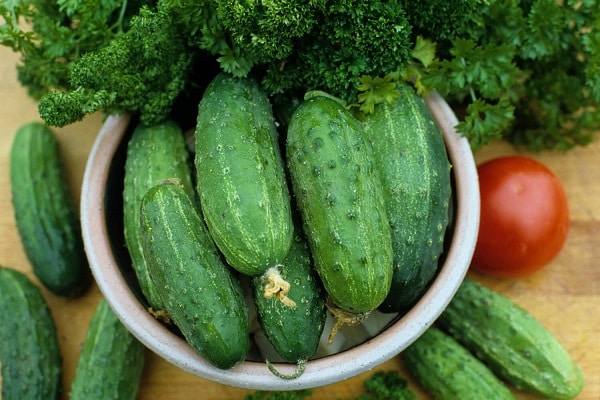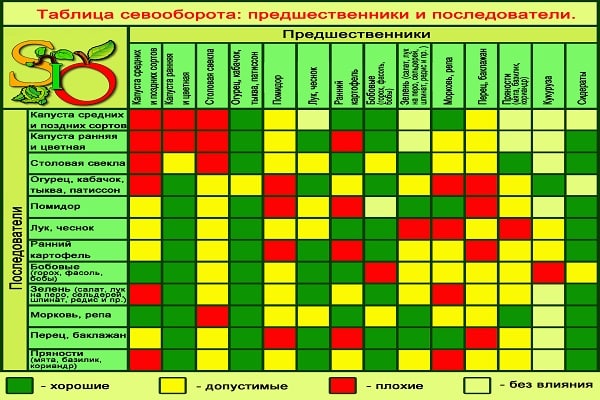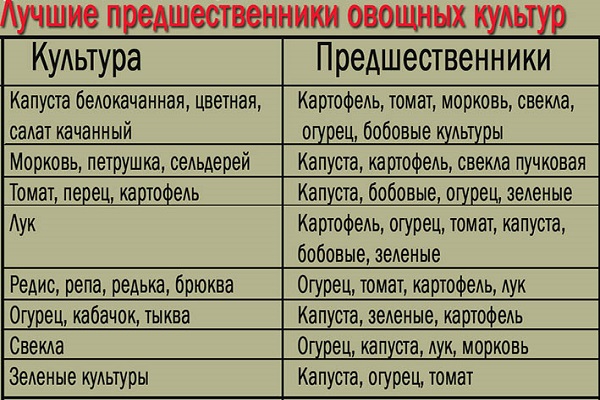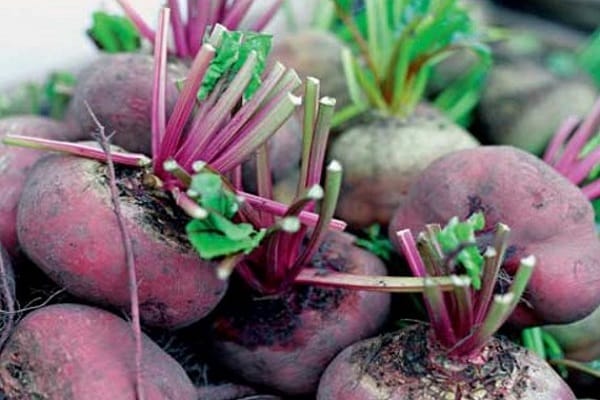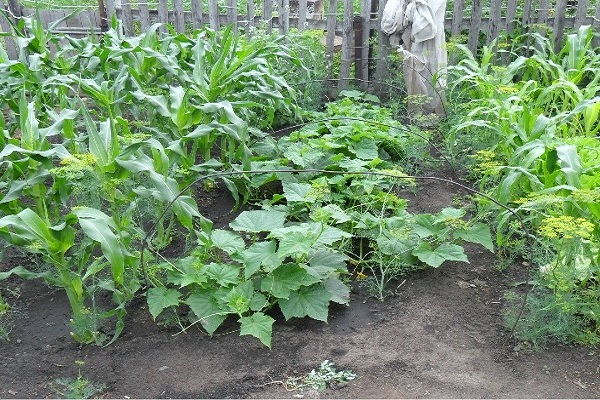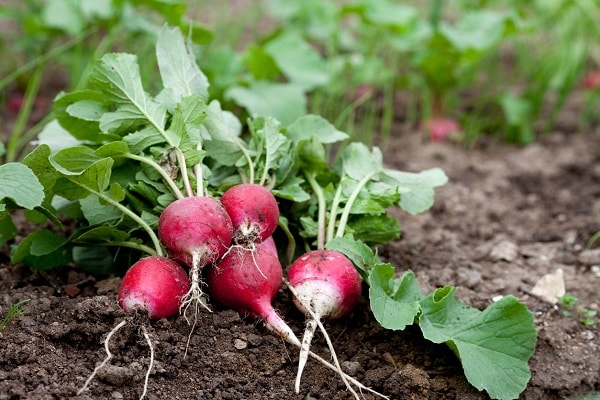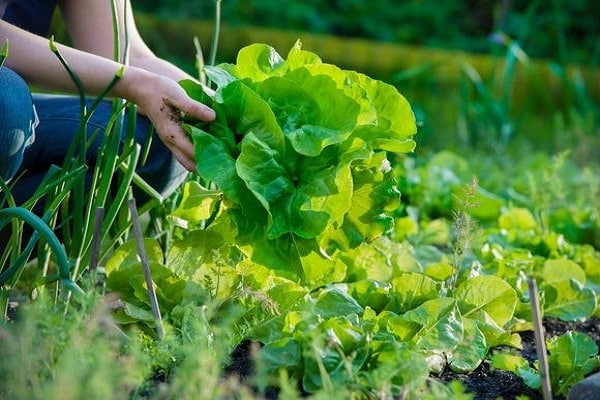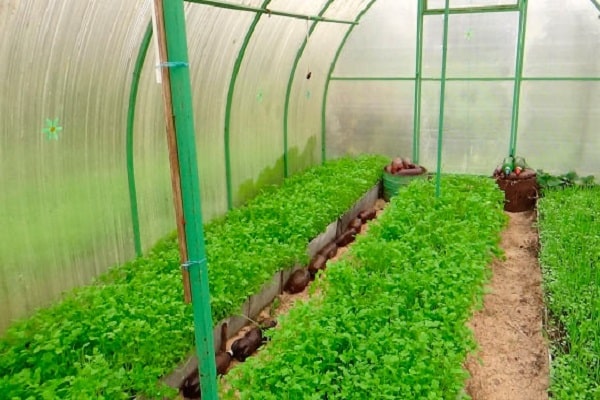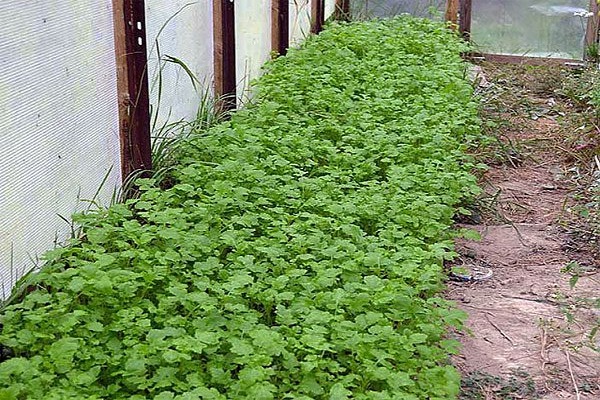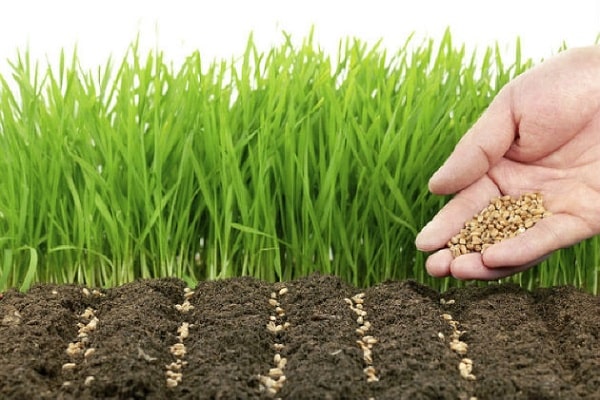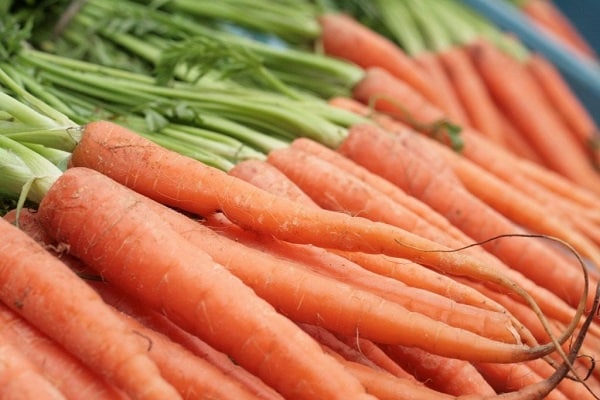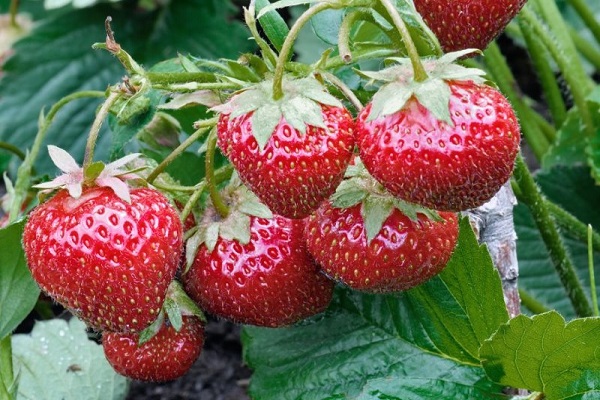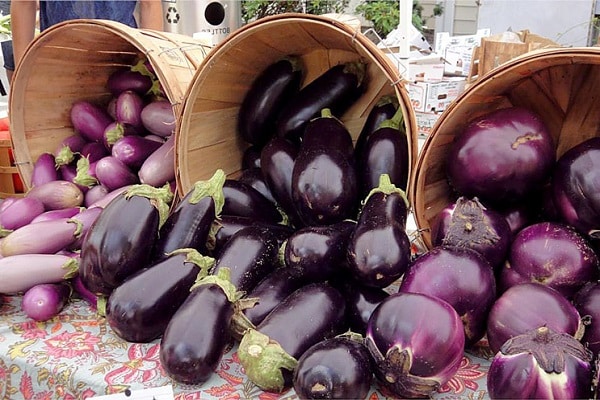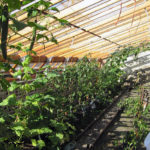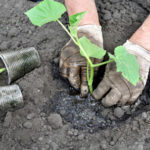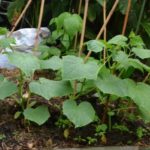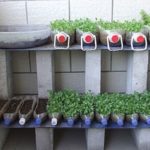The yield of vegetable crops is influenced by a huge number of factors, including crop rotation. What to plant after cucumbers next year? Experienced gardeners who grow vegetables know the answer to this question. How to properly organize crop rotation in the garden? This is a very important point that cannot be neglected.
Why is crop rotation important?
When cultivating one crop in the same area, soil fertility decreases over time, the fruits become small, and the harvest is poor. To prevent this from happening, the planting sites need to be changed every year.But first you need to decide what vegetable crops you want, after which you can plant them. Therefore, it is important to think about crop rotation.
In order to answer the question “what can be planted after cucumbers”, you must first decide which crops are not desirable to cultivate.
Why you can’t grow the same vegetables in the garden every year:
- The plant feeds on the same microelements throughout its life. Over time, the soil becomes poor. And if there is no supply of nutrients, then plant growth slows down.
- If the same vegetables are grown over a long period of time, pathogenic bacteria characteristic of the species accumulate in it.
But not all crops need to be cultivated in a new place every year. For example, planting strawberries, potato tubers, and parsley grow well in the garden for several years.
What to plant after cucumbers and other vegetables
What can be planted after cucumbers in open ground? You can grow a rich harvest in 2018 using crop rotation rules. In any case, no matter what plants are cultivated after cucumbers, the soil must be mixed with manure and wood ash before planting the seedlings. In this way it will be nourished with useful substances.
The most controversial question is whether it is possible to plant tomatoes after cucumbers. Some gardeners believe that it is possible. Others believe that these vegetables can only be grown nearby.
After which you can plant garlic? Is it possible to cultivate it after cucumbers? Garlic can be cultivated after cucumbers. Cucumbers are also grown next to the spice. The garlic smell can repel insects from cucumber seedlings. What can you cultivate after garlic? After garlic, most vegetables are cultivated. It could be eggplant, greens, cabbage.Potatoes are also planted after garlic.
It is best to plant beets after garlic. These two crops feed on different micronutrients. You can also grow legumes after garlic. Garden strawberries will feel good next to the garlic beds.
Some gardeners prefer to plant corn and sunflowers next to cucumber beds. You can also plant bell peppers next door. These two plants have a lot in common in growing and caring for them.
You can plant strawberries in former cucumber beds. Garden strawberry beds will need to be sprinkled with wood ash before planting. Make shallow holes, mix the soil with manure and plant strawberry bushes.
After potatoes, good results can be obtained by planting carrots, onions, turnips or radishes. But first the soil should be fertilized with nitrogen and potassium fertilizers. The soil after the “potato” harvest is poor in phosphorus; you can also add phosphorus-containing fertilizers.
What plants should I plant tomatoes after? It is better to plant tomatoes after:
- Dill;
- Parsley;
- Basilica;
- Coriander;
- Legumes;
- Spinach;
- Eggplant.
Plant tomatoes after onions and garlic. It would be good if valerian is planted next to the tomatoes. Its smell is not tolerated by many insects that like to spoil tomato bushes and feed on the fruits.
Growing vegetables in a greenhouse
Unlike open ground, growing crops in a greenhouse or greenhouse is much more problematic. This is due to the fact that there are much fewer nutrients in the soil and it is not fertilized naturally.
If the greenhouse is large in size, then every year the location of the cucumber beds can be changed, but not every gardener can afford this.To solve this problem, green manure plants can be used.
Green manure plants:
- Mustard;
- Clover;
- Lupine;
- Wheat;
- Buttercup;
- Maslenitsa radish.
These plants not only enrich the soil with nitrogen and other microelements necessary for active growth and the formation of ovaries and fruits. They also destroy harmful substances. You can sow green manure in August, when the entire harvest has been harvested. In 1-2 months, the green manure will grow and will need to be mowed down to the roots. The grass and soil are dug up to a depth of more than 7 cm.
The second method is to use the mowed above-ground parts of grasses as mulch. A large number of earthworms grow in the top layer of soil, which have a beneficial effect on the composition of the substrate. To enrich the soil, you can buy ready-made mixtures of green manure plants. You can use the mixture before planting carrots, cabbage, turnips, potatoes and many other vegetables.
The main thing is to organize the space correctly. You can select crops so that several crops grow in one bed. For example, onions and garlic. Next year, plant two other crops in this area.
After what crops can cucumbers be planted?
Cucumbers are a demanding crop in terms of soil composition, so not all crops can be cultivated in the area in front of them. Before planting seedlings, the substrate must be carefully dug up so that the soil is saturated with oxygen. And then mix it with manure or compost. Peat will also work. After this, you can begin planting seedlings.
What predecessors of cucumbers can grow in a summer cottage?
Cucumbers can be planted:
- After carrots;
- Beans;
- After potatoes;
- After garlic;
- Peas;
- After the bow;
- Greenery;
- After cabbage;
- After pepper;
- Beetroot;
- After strawberries.
These vegetables are considered the best predecessors for cucumbers. Many people also grow eggplants for cucumbers. If you plant cucumber seedlings after radishes or after onions, you can grow a rich harvest. These vegetables enrich the soil with microelements that are needed for seedling growth. Especially if you plant cucumbers after onions. Seedlings grown after onions grow healthy.
If cucumbers are planted after zucchini, the cucumber harvest may be poor. After pumpkin crops, cucumbers cannot be planted. You should also not forget that next year a large number of weeds will grow in the area where the pumpkin grew.
After harvesting cucumbers, it is recommended to replant them after 2-3 years. During this time, the soil will have time to recover.

